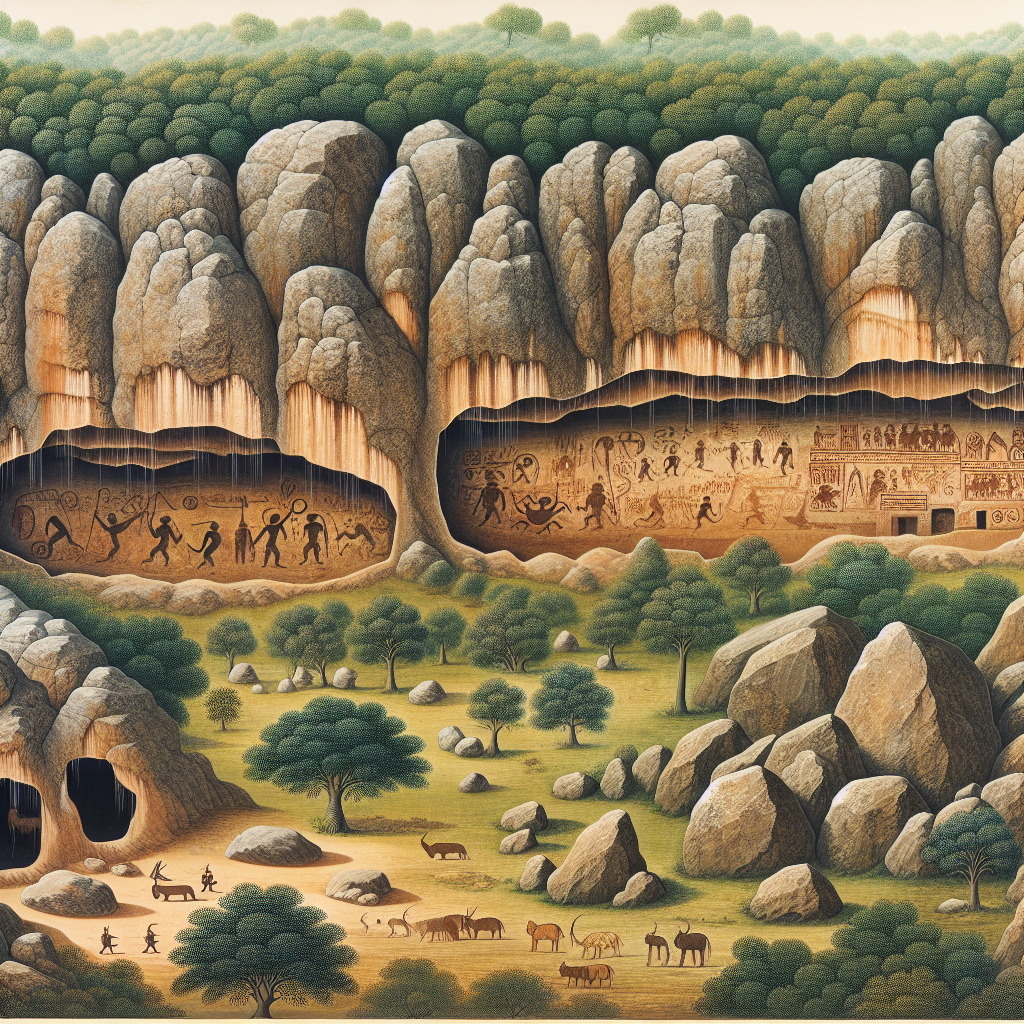Gross Domestic Product (GDP): A Simple Explanation
1. Definition of Gross Domestic Product
Gross Domestic Product (GDP) is the total monetary value of all goods and services produced within a country’s borders over a specific time period, typically a year or a quarter. It serves as a comprehensive measure of a nation’s overall economic activity and health. GDP can be calculated using three different approaches: production, income, and expenditure, each providing a different perspective on the economy’s performance.
2. Importance of GDP
GDP is a critical indicator for policymakers, economists, and investors, as it helps gauge the economic performance of a nation. A growing GDP indicates a healthy economy, with rising employment and economic output, while a declining GDP may signal economic trouble. For example, according to the World Bank, global GDP growth was approximately 2.9% in 2021 after a contraction of 3.1% in 2020 due to the COVID-19 pandemic.
3. Components of GDP
GDP consists of four major components: consumption, investment, government spending, and net exports (exports minus imports). Consumption typically accounts for the largest share, making up about 60-70% of GDP in developed economies. Investment includes business expenditures on capital goods, while government spending covers public services. Net exports can either add to or subtract from GDP, depending on whether a country exports more than it imports.
4. Real vs. Nominal GDP
Real GDP adjusts for inflation, providing a more accurate reflection of an economy’s size and how it is growing over time, whereas nominal GDP measures total output at current prices. For example, if nominal GDP grows but inflation is also high, real GDP might show little or no growth, indicating that the economic expansion is not as robust as it seems.
5. GDP per Capita
GDP per capita is a useful metric that divides a country’s GDP by its population, offering insight into the average economic output per person. This figure helps compare living standards between countries. In 2023, the global average GDP per capita was estimated at around $12,000, but this number varies widely, with countries like Luxembourg and Switzerland having GDP per capita exceeding $100,000.
6. Limitations of GDP
While GDP is a vital economic indicator, it has its limitations. It does not account for income distribution, environmental factors, or unpaid work, such as caregiving. Additionally, GDP does not measure the informal economy, which can be significant in many nations. As a result, policymakers are increasingly looking at alternative indicators, such as the Human Development Index (HDI), for a more complete understanding of well-being and development.




Post Comment